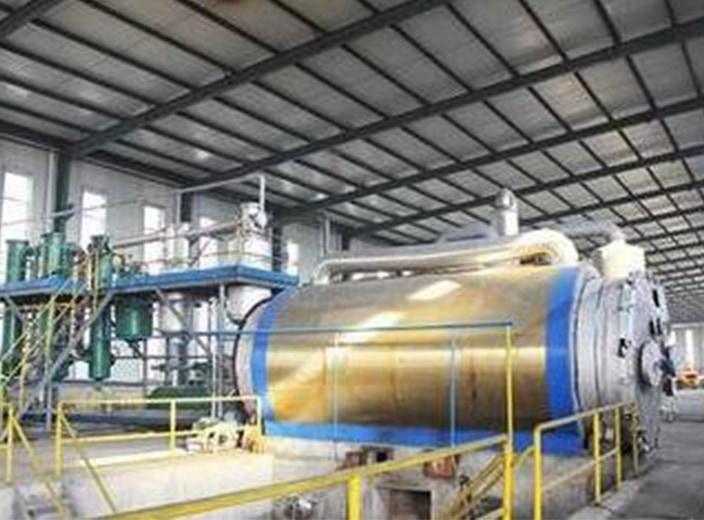Waste Dust Removal Filter Bag Treatment Method - Chemical Method (1)
Feb 18, 2022Under the action of accelerated electron rays or high-energy gamma rays, the radiation dose is not less than 100KGy, the carbon-fluorine bond is destroyed, the PTFE molecular chain is broken, and a small molecular weight PTFE product is obtained. Due to the decrease in molecular weight, PTFE becomes very brittle. By jet pulverization or grinding, PTFE ultrafine powder with a particle size of 1 to 20 μm can be obtained.

The radiation cracking process has low requirements on PTFE materials, and under certain atmospheric conditions, high-energy rays act on PTFE products. In the packaging step of the process flow, different products will be obtained due to the different atmospheres used. Degradation under inert gas conditions can yield perfluoroalkanes and perfluoroolefins. It is degraded in the air environment to obtain purer PTFE or its modified products. It is degraded under oxygen conditions to obtain perfluoric acid derivatives. In industrial production, considering the cost and use, degradation under air conditions is generally adopted.

The molecular weight of PTFE will be changed by irradiation, but its melting point will be less affected. The increase of the radiation dose used in the radiation will reduce the molar mass of the PTFE molecule and slightly decrease the melting point. When the radiation dose starts to increase, the molar mass changes obviously, but when the radiation dose reaches 50KGy, the change tends to be gentle. At the same time, the increase of the radiation dose will make the particle size of the final ultrafine powder smaller. The study found that radiation causes PTFE to undergo cross-linking reaction, and the elongation at break and tensile strength of PTFE decrease.
The PTFE ultrafine powder obtained by the radiation method not only has the advantages of acid resistance, alkali resistance, oxidant resistance, and operating temperature of -200 ~ 260 ° C, but also has good dispersibility and can be blended with other materials, but the cohesion is poor. Widely used in coatings, inks, explosives, rocket stationary fuel and other fillers. There are three main application areas:
(1) Used as an additive for coatings: widely used in food, electrical appliances, textiles, packaging and other sectors. Studies have shown that adding 60% of PTFE ultrafine powder to the coating can improve the anti-corrosion, anti-sticking and reduce the coefficient of friction, and improve the performance of the coating.
(2) Used as an additive for printing ink: By adding a certain mass percentage of PTFE powder to the printed ink, the smoothness and gloss of the printed matter can be significantly improved.
(3) Modifier for polymer materials: Add 10%~20% powder to polycarbonate, polyoxymethylene, polyamide, polyphenylene sulfide, silicone rubber, styrene-butadiene rubber and other polymers respectively, which can obviously Improve the flame retardant and wear resistance of finished products.